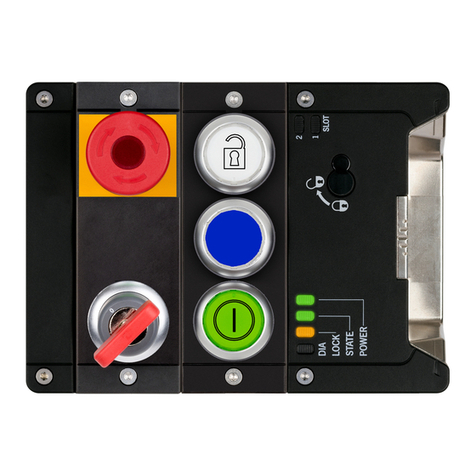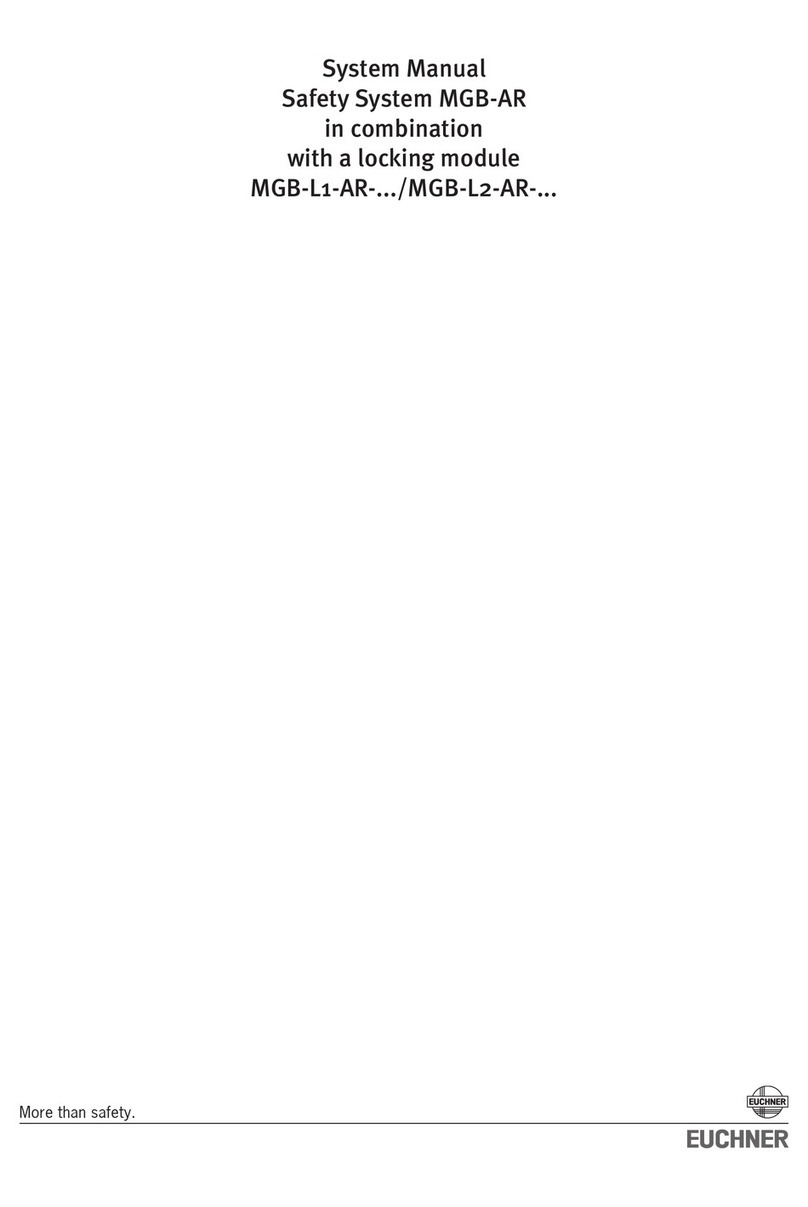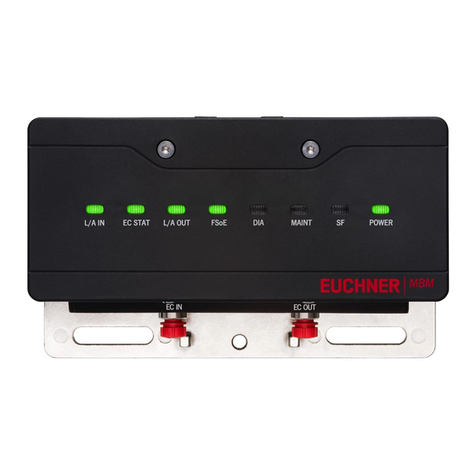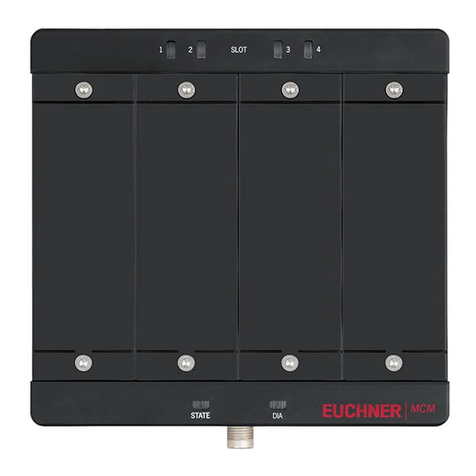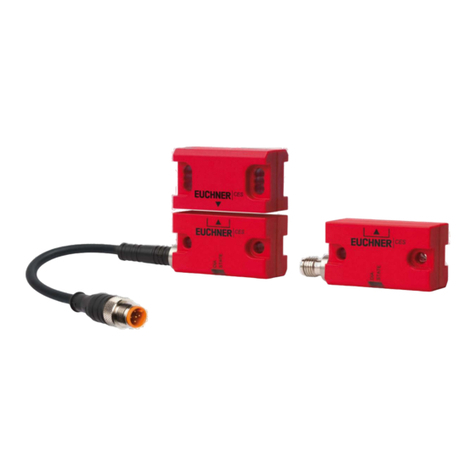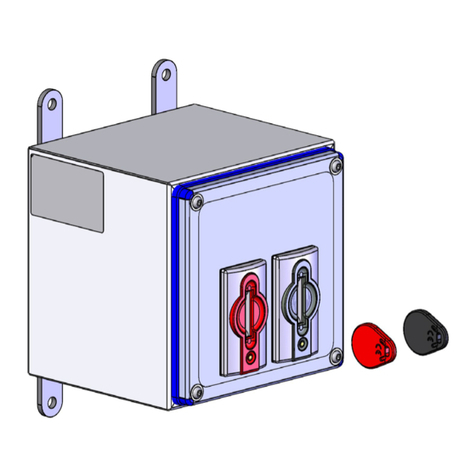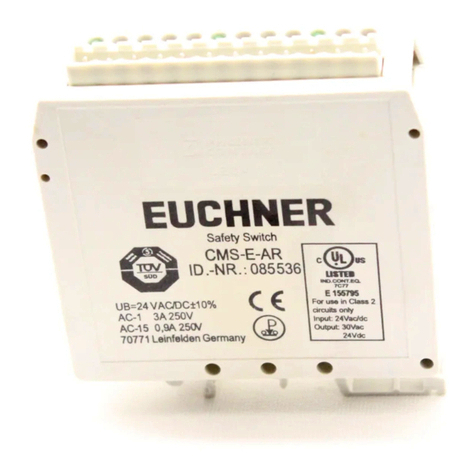
Operating instructions
Non-Contact Safety System CES-A-UEA-02B/CES-A-UEA-04B
2(Translation of the original operating instructions) 2097098-18-10/19
Contents
1. About this document............................................................................................. 4
1.1. Scope............................................................................................................................................4
1.2. Target group ..................................................................................................................................4
1.3. Key to symbols...............................................................................................................................4
1.4. Supplementary documents ..............................................................................................................4
2. Correct use .......................................................................................................... 5
3. Description of the safety function .......................................................................... 6
4. Exclusion of liability and warranty ......................................................................... 7
5. General safety precautions ................................................................................... 7
6. Function............................................................................................................... 8
6.1. Block diagrams CES-A-UEA-…..........................................................................................................9
7. Mounting............................................................................................................ 11
8. Electrical connection .......................................................................................... 12
8.1. Notes about ..........................................................................................................................12
8.2. Safety in case of faults..................................................................................................................12
8.3. Fusing of the power supply and the safety contacts.........................................................................12
8.4. Connection example CES-A-UEA-02B ..............................................................................................13
8.5. Connection example CES-A-UEA-04B ..............................................................................................14
9. Setup ................................................................................................................. 15
9.1. LED indicators..............................................................................................................................15
9.2. Parameter setting.........................................................................................................................15
9.2.1. Changing the conguration ............................................................................................16
9.3. Functional check...........................................................................................................................16
9.3.1. Self-test with test input TST ...........................................................................................17
10. System status table ............................................................................................ 18
11. Technical data .................................................................................................... 19
11.1. Evaluation unit CES-A-UEA-02B.......................................................................................................19
11.2. Evaluation unit CES-A-UEA-04B.......................................................................................................21
11.3. Read head CES-A-LNA-…...............................................................................................................23
11.4. Read head CES-A-LNA-SC ..............................................................................................................25
11.5. Read head CES-A-LCA-… ...............................................................................................................27
11.6. Read head CES-A-LQA-SC ..............................................................................................................29
11.7. Read head CES-A-LMN-SC..............................................................................................................31
11.8. Actuator CES-A-BBA/CES-A-BCA.....................................................................................................33
11.9. Actuator CES-A-BQA......................................................................................................................34


